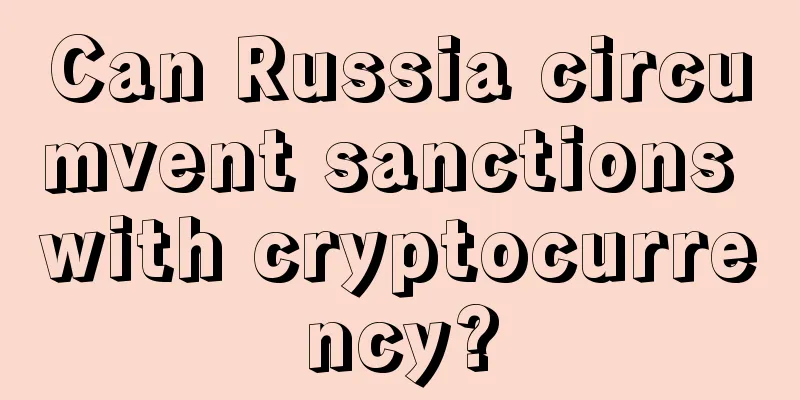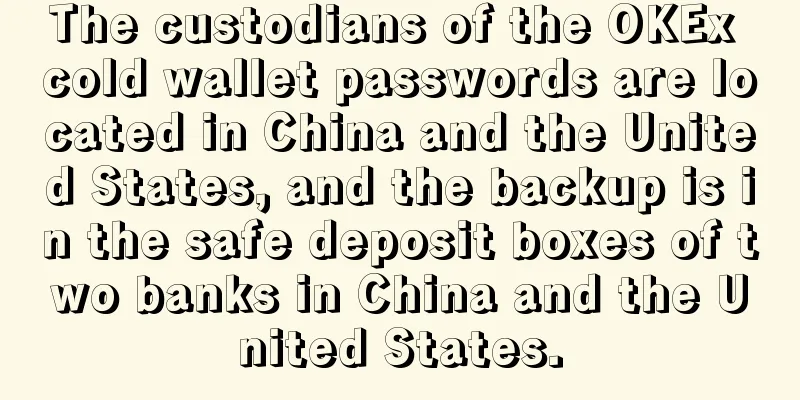University College London report: Bitcoin system is inefficient, but the 1MB block limit is not the main reason (full text download)

|
A research report from the University College London (UCL) Blockchain Technology Center (download the full text of the Coin Library) shows that "43% of transactions take more than an hour to be written to the blockchain after being sent, and 20% of transactions cannot be confirmed even after 30 days, which also proves the inefficiency of the Bitcoin system." The UCL study, which examined the bitcoin network over a three-month period, found that 12,000 nodes had improved efficiency when processing large transactions. The report mentioned:
The study came to some interesting conclusions. For example, in one week, the number of new blocks reached nearly 200,000, but only 2,000 of them were "real" or meaningful. UCL assistant researcher Giuseppe Pappalardo, one of the authors of the report, explained this phenomenon to us:
This is clearly evidence of the inefficiency of the Bitcoin system, as many resources are wasted. Regarding transactions, it is unclear whether UCL has studied the size of fees and the role they play in transaction processing, the authors simply note the difference between small and large transactions.
The study began in May last year, and soon after, Blockchain.info said the average daily block size had reached 0.96MB. Since last year, transaction delays have become common, with more than 2 million bitcoins ($2.5 billion) currently waiting to be confirmed. Inefficient transaction processingHowever, the report states that regardless of whether there is a limit on block size, “there is no guarantee that transactions will be processed in a timely manner” because miners are free to choose the transactions that go into a block. In order to ensure that transactions are processed in a timely manner, Satoshi Nakamoto did propose a mechanism, but it is not mandatory and does not belong to the protocol layer. This mechanism is called first seen. Nodes and miners should process the first transaction they see, and use this method to arrange the order of transactions, but as the block capacity continues to increase, this method has become ineffective. When the block capacity remains at a normal level, this mechanism is not mandatory, but most miners will still use this method because of its rationality. First seen also makes double spends more difficult (although some miners may still not use first seen), even when the transaction is not confirmed. This method allows Bitcoin transactions to be processed instantly in most cases. It’s unclear whether the authors of this study were aware of the existence of this mechanism (which has long been replaced by a fee-based prioritization approach). Pappalardo believes that further investigation is needed to determine why some transactions are delayed in confirmation:
Pappalardo further stated, “Despite the persistent discrediting of the efficiency of the Bitcoin network, the UCL Blockchain Centre is a firm believer in the potential of blockchain and its consensus mechanism. The purpose of this report is to call for the right economic incentive system to create an efficient P2P blockchain system that records transactions accurately and in a timely manner.” So what kind of economic incentive system is efficient? Pappalardo answered, "A system that does not provide economic incentives for reasonable transaction processing and timely record keeping cannot be efficient." Block capacity disputeThe block capacity dispute has been going on for two years. Some people believe that the 1MB block cap should be maintained, and the efficiency of the Bitcoin basic protocol should be low, so they choose to support the Lightning Network (LN). However, others believe that the first seen mechanism should be restored by directly increasing the block capacity cap. Those who insist on inefficiency continue to block any proposed changes to the protocol, including the recent extension blocks proposal. This behavior has ultimately led to nearly half of Bitcoin transactions waiting for more than an hour to be confirmed, and some research has begun to reveal the inefficiency of the Bitcoin payment network. Whether the inefficiencies of the Bitcoin network can ultimately be resolved remains to be seen, but we welcome any independent research based on scientific facts and a fair attitude that can help end the block size debate. |
Recommend
When will people with shallow love lines find marriage?
Many times people expect to have a good marriage,...
The face of a man who has a successful career and love
The face of a man who has a successful career and...
What is the fate of a woman with a mole on her forehead?
Some people may think that a mole on the forehead...
BTC breaks through 35,000 again. In the short term, we need to pay attention to the linkage between trading volume and price.
Yesterday, BTC briefly stabilized around 34,400 b...
What kind of people are destined to be lonely forever? What kind of people are destined to be lonely
People with wrinkles in their tear troughs are de...
Conan will be on hiatus for a long time. These faces are very sad.
I wonder how many Conan fans there are among you?...
There are gaps between fingers. The wisdom of identifying the distance between fingers
There are gaps between fingers, the wisdom of ide...
Is it good or bad for a woman to have a mole on her hand?
The most common thing on our body is moles. Some ...
Palmistry: The Threads That Reveal Personality
Palmistry: The Threads That Reveal Personality 0 ...
Triangular eyes face diagram
Characteristics of triangular eyes <br />Tr...
F2pool officially supports SegWit
Eight years have passed, and Bitcoin has develope...
Regulators, lawmakers join blockchain leaders at Bretton Woods gathering
Rage Review : Sir Richard Branson held a blockcha...
Why is the hanging nose a rich nose? Is there any explanation?
Generally speaking, people with hanging noses ten...
Who can be reborn as a person born on Qingming Festival?
Qingming Festival is one of China's tradition...
Avalon A5 pre-sale ends, prototype to be released soon
According to the Avalon sales team, the pre-sale ...









